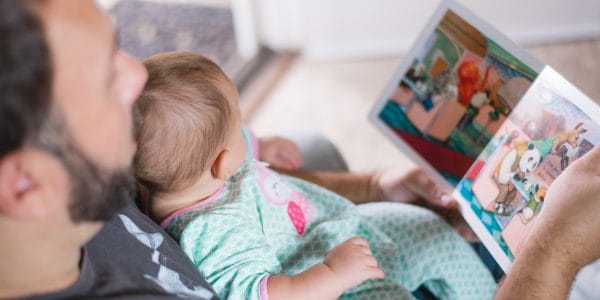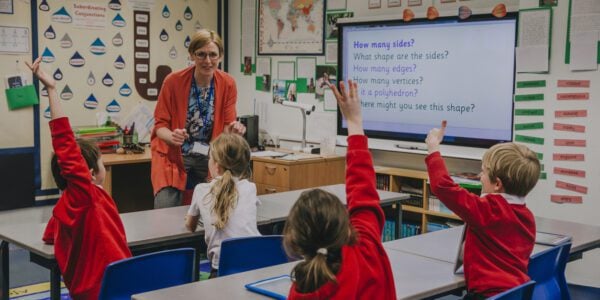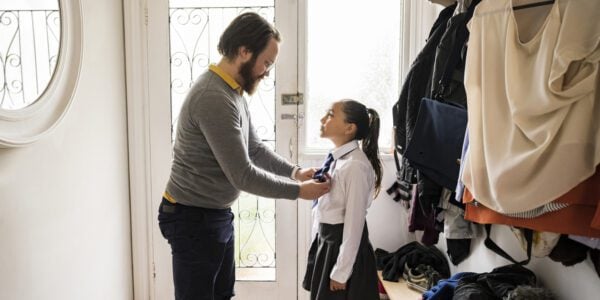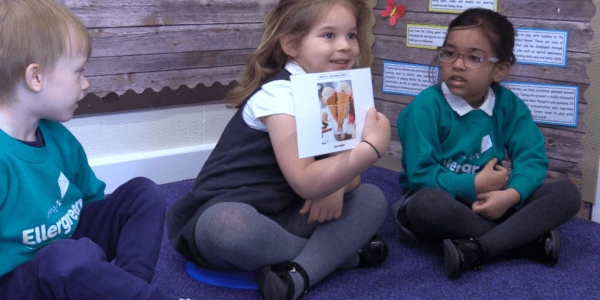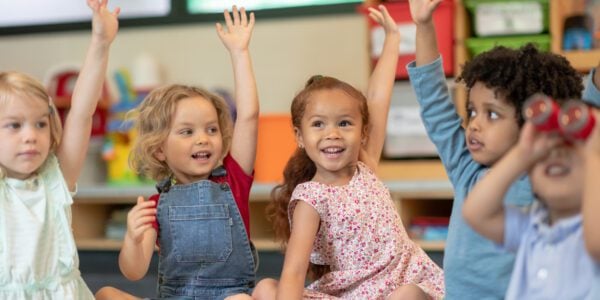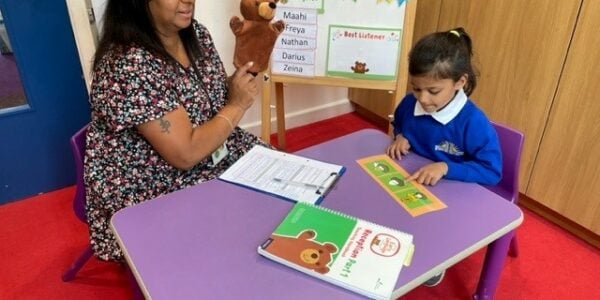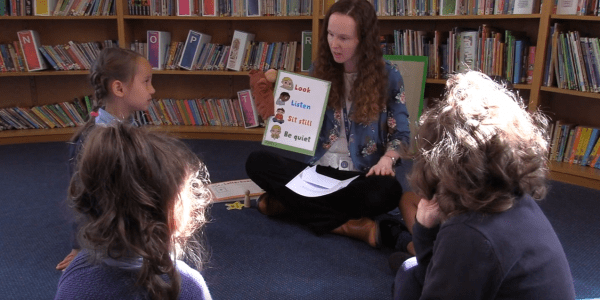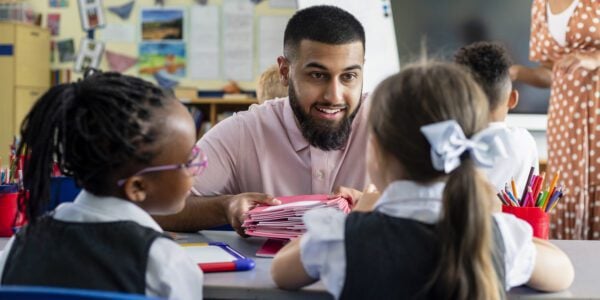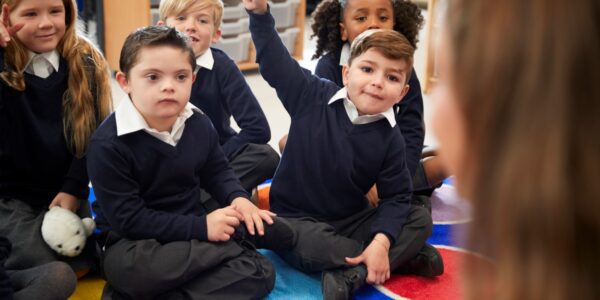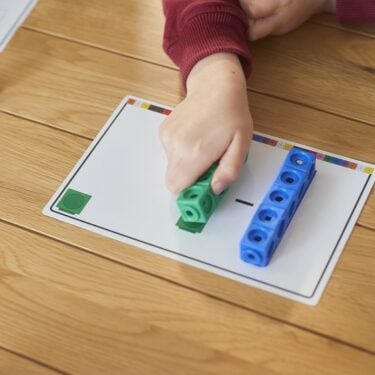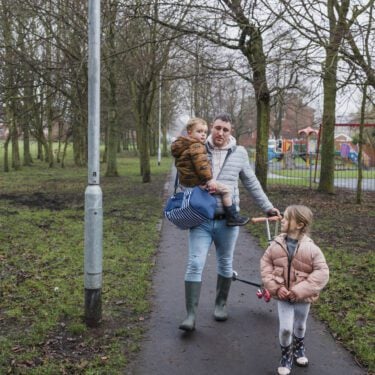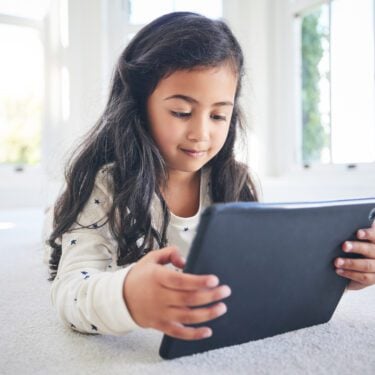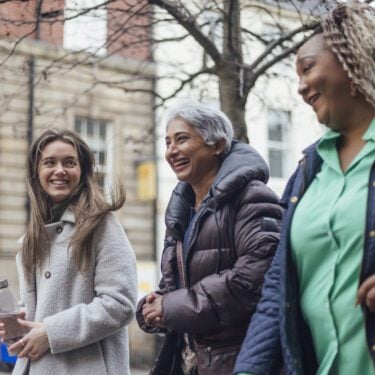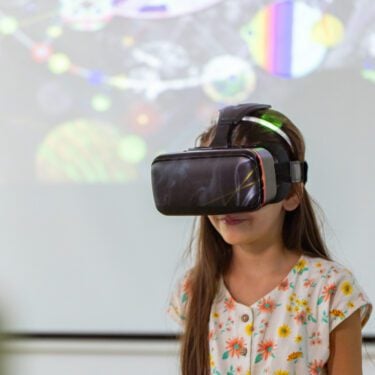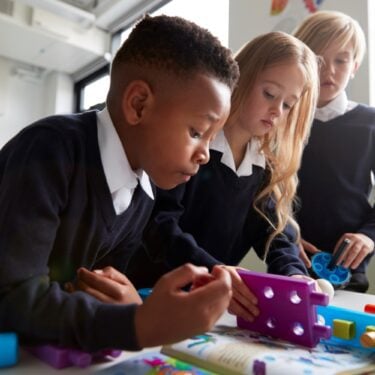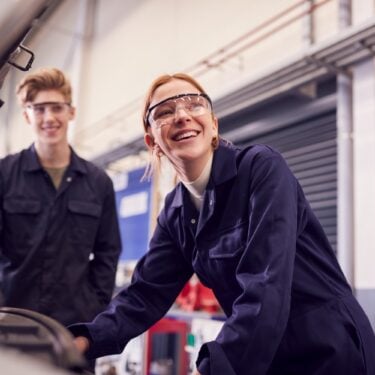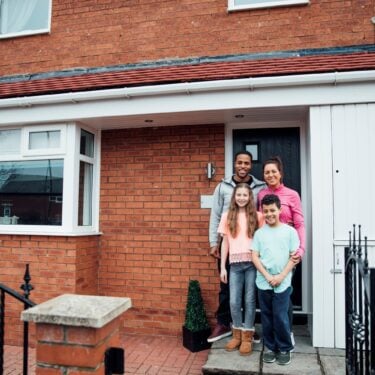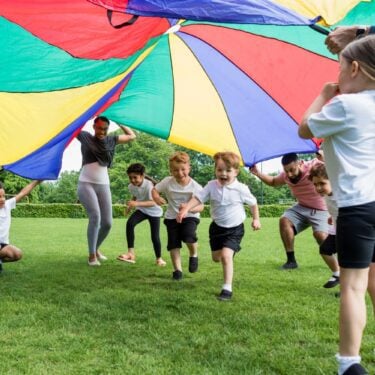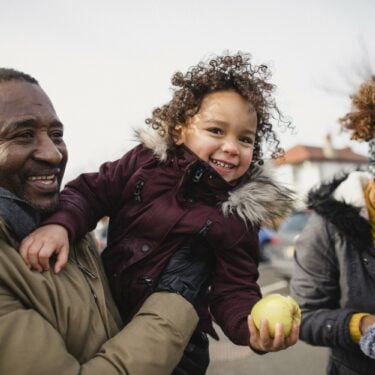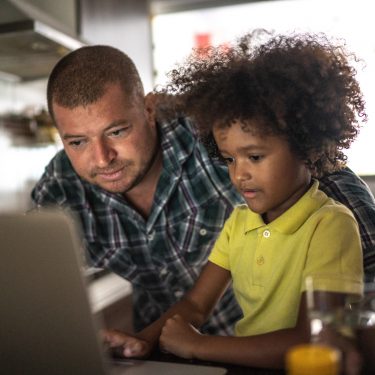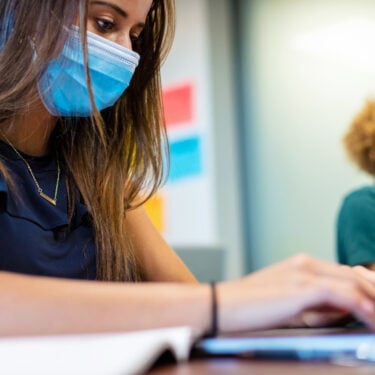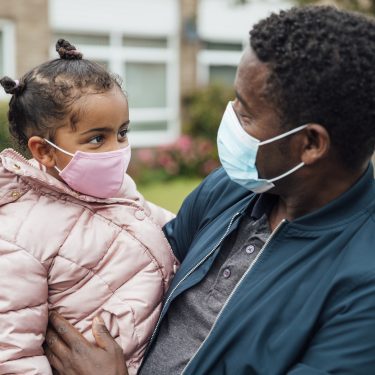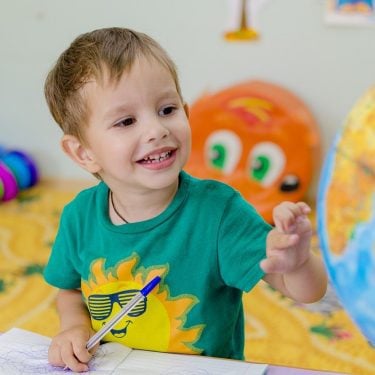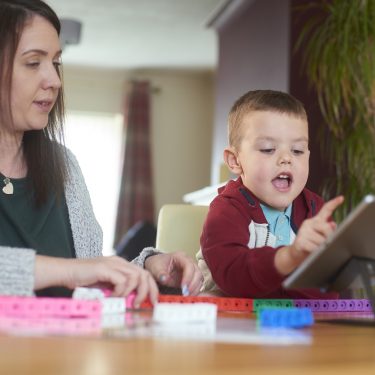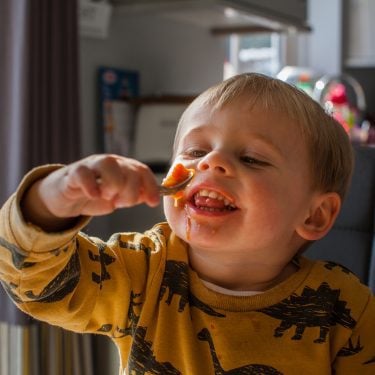
11/07/22
1 min read
Across our Changing face of early childhood series, we have explored how the experience of being a young child or their parent has transformed over the last two decades. Here we provide a summary of the data trends across four of the most significant changes.
Explore changing contexts of childhood and its associated data in greater detail below.
Family forms and parenting experiences
Parents are increasingly choosing to cohabit rather than marry
Most children are born to parents who live together, and this has remained broadly consistent over the last 20 years. An increasing proportion of parents are cohabiting, with a corresponding decrease in those who are married.
The proportion of children born to parents who are not living together remains relatively constant but is comparatively high by international standards.
While family forms do not determine children’s outcomes, there are associations with access to resources. Married couples usually have greater resources and lone parents have the least, which in turn can influence child development and well-being.
A rapid expansion in digital use
Technology has always been a part of this generation of toddlers’ lives and the majority of young children have access to both a digital device and strong internet connection.
However, many children experience digital exclusion. For example, between October 2020 and January 2021, one in five children who had been home schooled did not have access to an appropriate device for their online home-learning needs all of the time).
Combining paid work and childcare has become the norm for mothers of young children
More mothers are working but still do most of the childcare
There has been a significant increase in the proportion of mothers with young children in paid employment, with the steepest rise among mothers with a child aged 1-2. The proportion of fathers in employment remains largely unchanged.
While there are indications that fathers are more involved in their young children’s lives than in earlier decades, mothers still undertake two-thirds of the childcare for the under-fives.
There is no sign that the uptake of paid work has translated into an equivalent reduction of time parents report spending on childcare.
Rising poverty, inequalities and vulnerability
Younger children are at the greatest risk of poverty
Rates of relative child poverty fell between 1999/2000 and 2019/20, but have been rising since 2013/14.
Younger children are at the greatest risk of poverty. 31% of all children in the UK are living in relative poverty. For children living in families where the youngest child is under five, this increases to 36% – 2.2 million children. And for families with three or more children, the rate of poverty is 52%.
These changes are driven by a changing labour market, rising housing and childcare costs and changes to social security benefits, such as the introduction of the ‘two-child limit’. 52% of children in families with three or more children where the youngest
There are significant inequalities in the risk of poverty
Rates of poverty are very high for families from some ethnic minority backgrounds, in families where a parent or child has a disability and in lone parent families. For example, over 70% of families with a young child of Bangladeshi origin are in poverty. There are also marked regional and local differences.
The impact of COVID-19
Early development
Many childcare providers closed during lockdown but despite the reopening of nurseries, attendance has not reached pre-pandemic levels. In early 2022, many early years providers reported that delays to babies’ and children’s speech and language development remained evident.
Evidence from the Ages and Stages Questionnaire shows that a smaller proportion of children are achieving an expected level of development across all five areas of measurement at age 2-2.5 years.
Poverty and vulnerability
The pandemic has had a particularly detrimental impact on some disadvantaged and vulnerable young children. For example, as hunger and food insecurity increased and physical activity declined during the pandemic, obesity levels rose dramatically among reception-age children. The gap between the most and least deprived areas, and the gap between ethnic groups increased further.
